Points for attention in the examination process of Q-Grader raw beans how to distinguish defective coffee beans
The CQI Coffee Quality Institute's Q-Grader Coffee Tasters exam has been the most rigorous and highest-content sensory exam in the global coffee industry. In this exam, in addition to the examinee's sensory ability has relatively high requirements, but also to coffee basic knowledge has a certain understanding.
Explain that you need to know coffee knowledge in addition to drinking it. Coffee bean selection, which seemed to have the lowest technical content, was actually one of the subjects with the highest number of failures! Let's see how it is tested first! The test requirements are: within one hour, continuously select 3 boxes of 350g washed coffee green beans, and carry out defect selection, scoring, grading and other steps. Level 1 defects cannot exceed 0 points (i.e., there cannot be one Level 1 defective bean), and Level 2 defects cannot exceed 5 points. Boy! Isn't that the same as SCA standards?

Good ingredients often require the simplest cooking methods; the simpler the subject, the more people fail. Let's examine the question first!- Level 1 defects cannot exceed 0 points
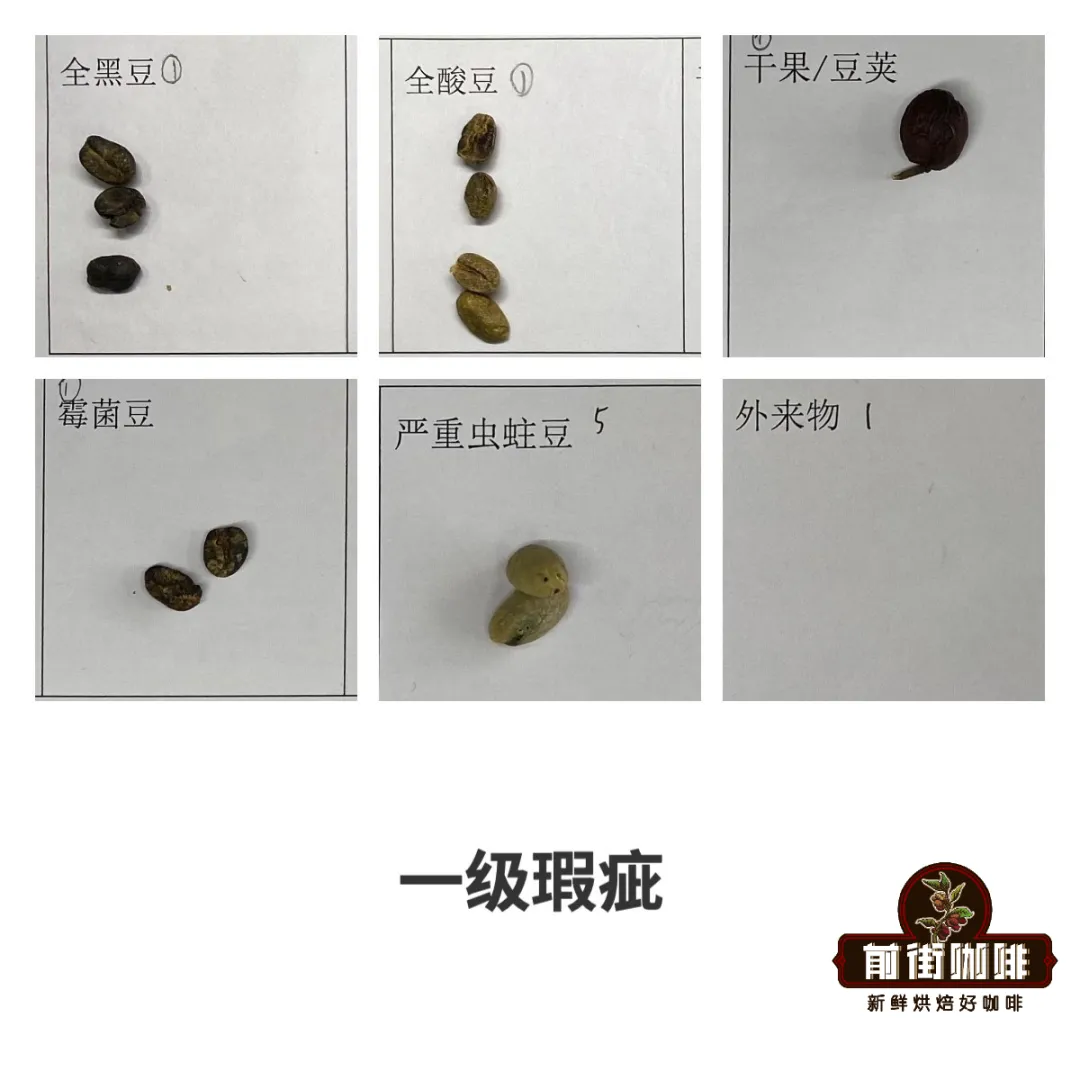
That is to say, a grade 1 defective bean cannot have! Because as long as there is one grade 1 defective bean, it will affect the flavor of the whole cup of coffee beans, and it will seriously harm your health and the consequences will be very serious! According to SCA standards, Grade 1 defective beans are whole black beans, whole sour beans, dried fruits/pods, mold beans, seriously moth-eaten beans, foreign substances, etc. The defective beans mentioned above can be counted as 1 point except for 5 seriously moth-eaten beans, and the other one can be counted as 1 point, so as long as one is not picked out, it is over. Grade 1 defective beans are very obvious defective beans, the kind that can be seen at a glance, as long as it is not a coffee fruit, everything is classified as foreign. The difficulty of raw bean selection test lies in the evaluation of second-grade defective beans. Let's see what the test devil looks like. - Grade 2 defective beans cannot exceed 5 points
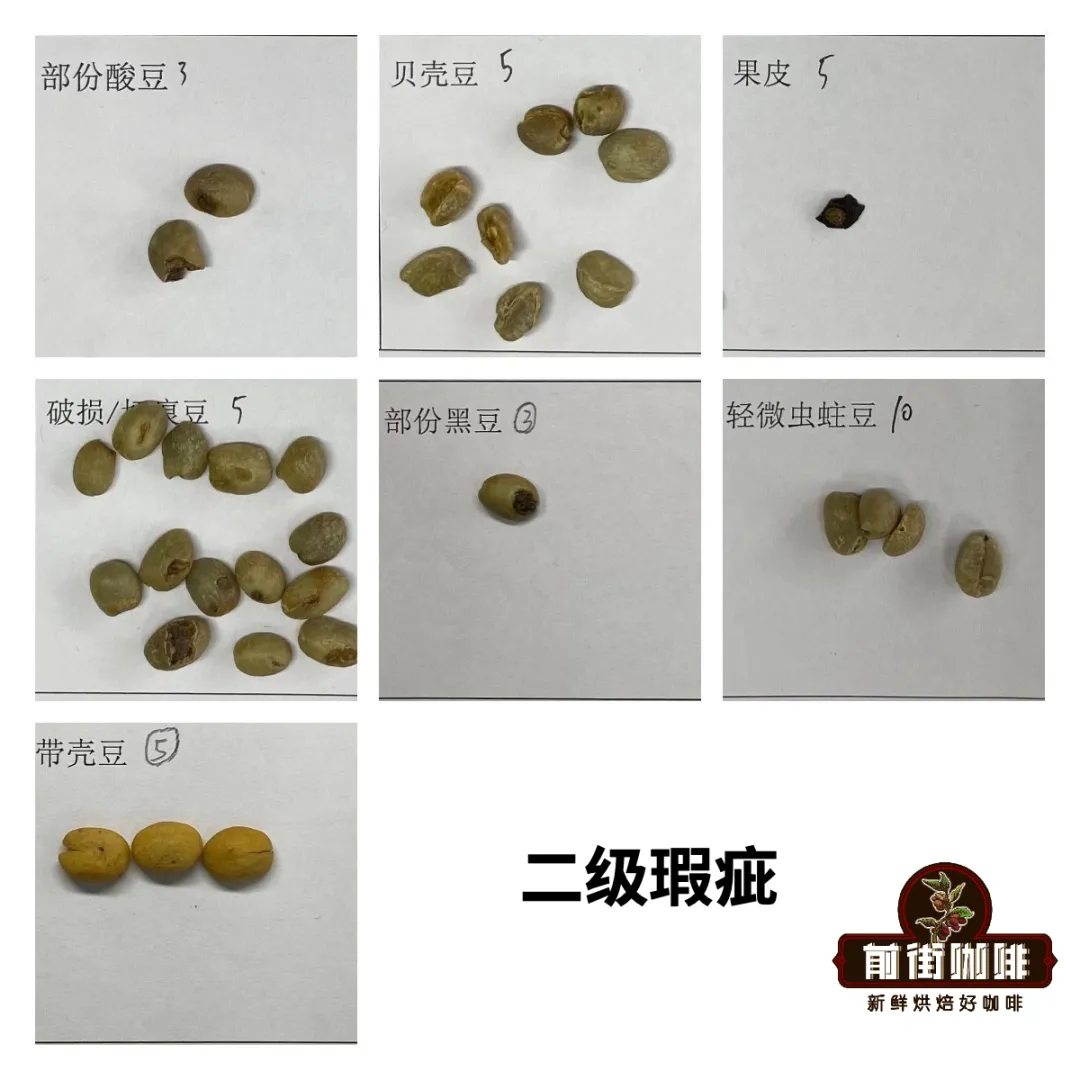
The second-class defective beans are partially black beans, partially sour beans, shelled beans, shell beans, damaged/cut beans, peel, slightly moth-eaten beans, etc. Most of the second-grade defective beans are easy to identify, it is difficult to look like some half-acid, but also all acid beans, how to classify it? Is a coffee bean that's a little bit broken broken a broken bean? Teach everyone a simpler way! 1、 First look at the color of the beans-normal washed beans are green. If brown, darker coffee beans appear, it is basically a level 1 defect. 2、 Then look at the severity of the defect-if brown appears on the green beans, first determine whether the brown is silver skin. If it's silver, it's normal coffee. If it is not silver skin, judge whether the brown lesion has spread to 50% of the beans. If it exceeds 50%, it can be judged as all black/sour beans, otherwise it is half black/sour beans. 3、 Finally, look at the cause of this defect-if the cause of this defect is machine extrusion during coffee fruit processing or other causes, such as Indonesia's Mantenin wet planing method can cause damage to the surface of coffee beans. If there is an impact on flavor, it is included as a defect. Finally, all kinds of defective beans are classified, counted, and then graded to 350 grams of beans. But a simple math problem, or someone wrong! Remember! Remember! Remember! Level 1 defective seriously worm-eaten beans, need 5 to count as 1 point!!! So, will the coffee beans we buy daily have defective beans? Green bean defects generally appear in the upper reaches of the coffee bean processing industry chain. Before export, green coffee beans will be selected and rated before export. As long as there is 1 point of grade 1 defect, they will be judged as non-fine coffee beans, thus affecting the price of green coffee beans. Therefore, most of the coffee beans and defective beans before export will be selected clean and exported to our consumers. Before roasting, the beans of Front Street Coffee are carefully selected by many ingenious roasters to ensure that there are no defects that affect the flavor of the beans before roasting. Therefore, the coffee ripe beans in everyone's hands are already defective beans that do not affect the flavor of coffee. Some beans crushed by transportation are actually fine, but they are just a little ugly. Additional questions: 1. Are all the following coffee beans second-class defective beans?
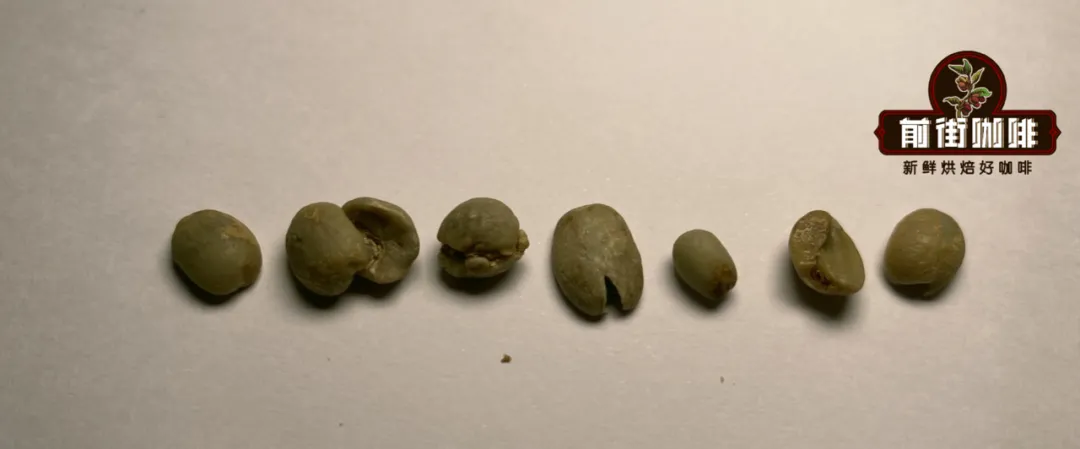
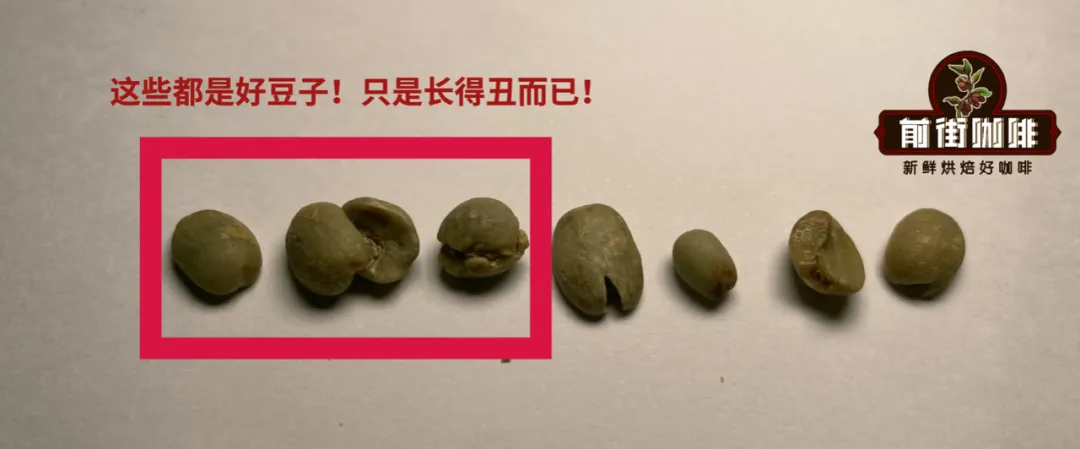
Some only break a little bit, basically does not affect the flavor, you can not pick so carefully, and then pick down the beans are all defective!~! 2. Are the following beans shell beans?
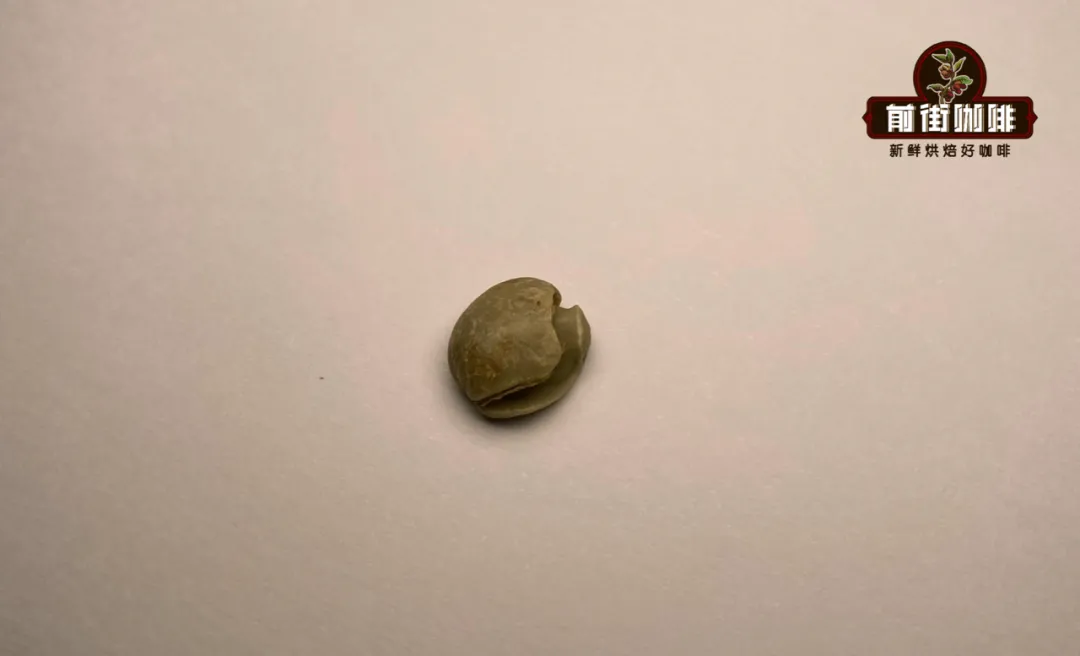
If it's a shell bean, don't you know if you tear it apart? (Teacher sees beating behavior, do not suggest destroying examination tools!)
Important Notice :
前街咖啡 FrontStreet Coffee has moved to new addredd:
FrontStreet Coffee Address: 315,Donghua East Road,GuangZhou
Tel:020 38364473
- Prev
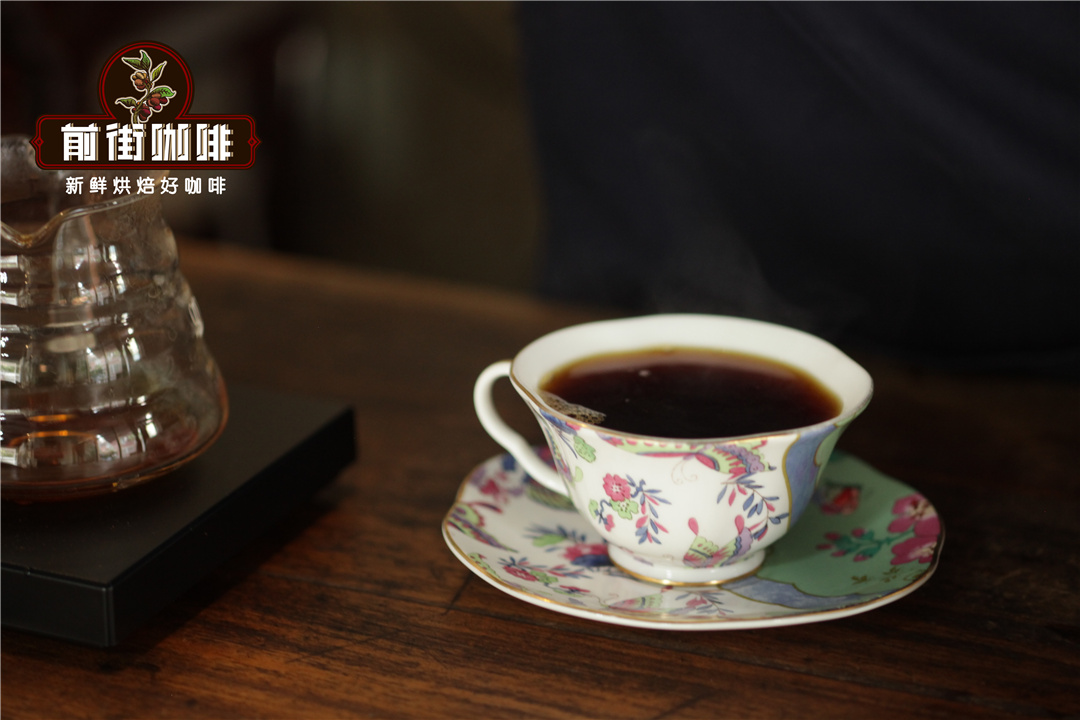
What are the characteristics of Costa Rican goddess Rosa coffee beans? What are Rose Summer Coffee beans?
Although Panamanian Rosa coffee beans were introduced through Costa Rica, Panama Rosa coffee beans are far more popular than Costa Rica. In front of the street, when testing the rose summer coffee beans of Costa Rica and Panama, it is also very serious about the flavor of Panama rose summer, while the Costa Rican rose summer lacks some rose summer flavor.
- Next
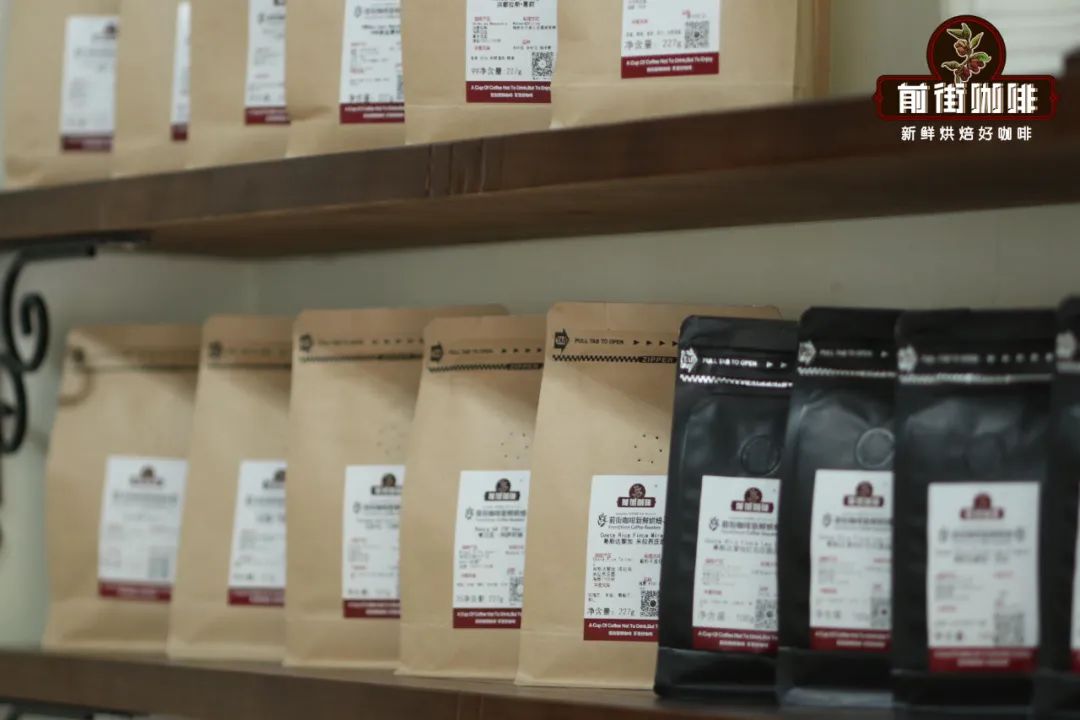
Is sour coffee good coffee? Why is most coffee made by hand sour now?
Now go to a coffee shop and have a cup of hand-brewed coffee. Eight out of 10 coffee beans are sour. This coffee bean is citric acid, that coffee bean is plum acid. As if creating coffee that's only sour is the coffee of the century. Why is the coffee now hand brewed is biased toward the fruit acid type? Some older ones.
Related
- Beginners will see the "Coffee pull flower" guide!
- What is the difference between ice blog purified milk and ordinary milk coffee?
- Why is the Philippines the largest producer of crops in Liberia?
- For coffee extraction, should the fine powder be retained?
- How does extracted espresso fill pressed powder? How much strength does it take to press the powder?
- How to make jasmine cold extract coffee? Is the jasmine + latte good?
- Will this little toy really make the coffee taste better? How does Lily Drip affect coffee extraction?
- Will the action of slapping the filter cup also affect coffee extraction?
- What's the difference between powder-to-water ratio and powder-to-liquid ratio?
- What is the Ethiopian local species? What does it have to do with Heirloom native species?

